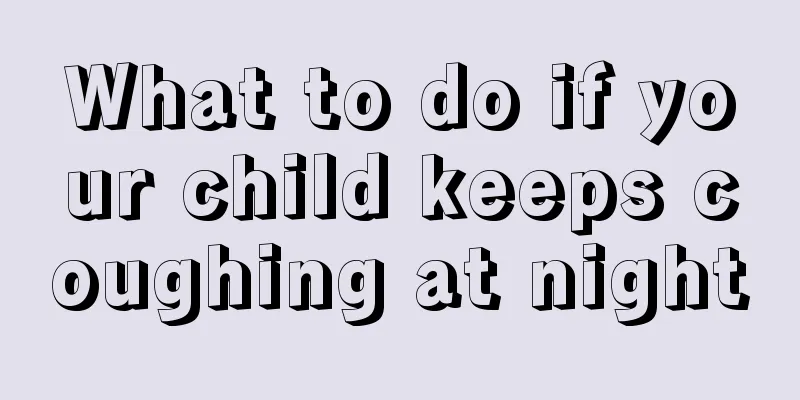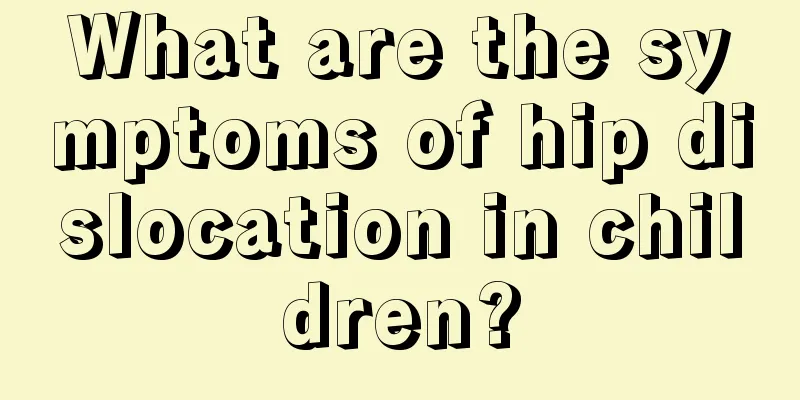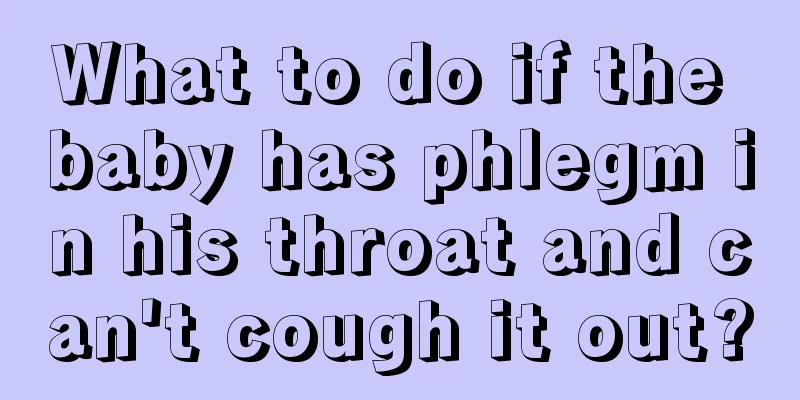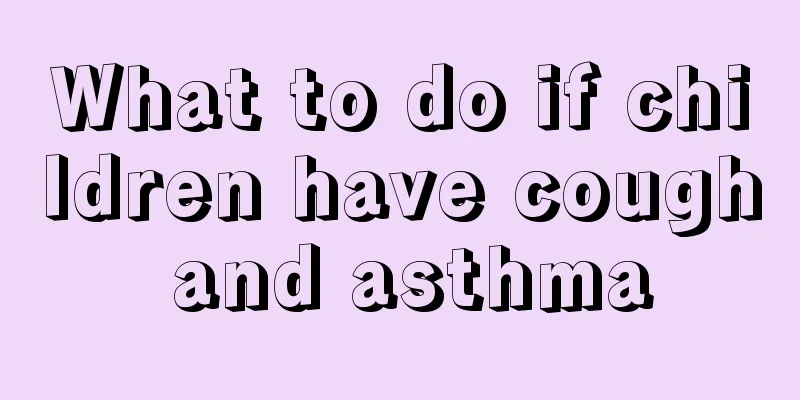Which department should children with fever and convulsions go to?
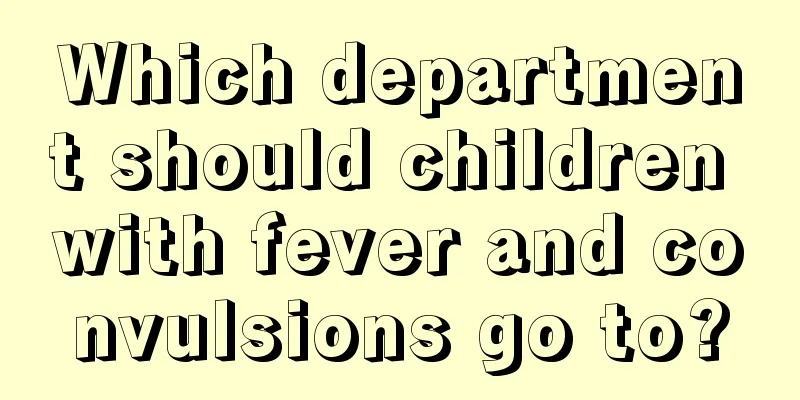
|
There are many diseases in childhood that require vigilance, such as convulsions caused by high fever, which cannot be ignored. So, which department should children with fever and convulsions go to? If a child has repeated convulsions, the problem is still very serious, and it may even affect the stability of the brain nerves and cause functional disorders in various aspects such as intelligence. In short, we must have a deeper understanding of the disease before we can treat it with confidence. Febrile convulsion belongs to pediatric neurology. It refers to convulsions that occur in children when the body temperature rises to >= 39°C in the early stages of respiratory tract infection or other infectious diseases, and intracranial infection and other organic or metabolic diseases that cause convulsions are excluded. It is common in children between 6 months and 4 years old. Convulsions usually occur in the early stage of fever and are short-lived. It is rare for multiple seizures to occur consecutively during a single febrile illness. It often occurs within 12 hours of fever. Consciousness recovers quickly after the attack, and there are no positive neurological signs. The EEG returns to normal one week after the fever subsides. This is a simple febrile convulsion with a good prognosis. The onset age of complex febrile seizures is uncertain, often occurring before 6 months or after 6 years of age. Initially, it is a high fever seizure. After several seizures, convulsions may occur with low fever or even without fever. Sometimes, the seizures occur repeatedly, and each seizure lasts longer, more than 15 minutes. The EEG examination is still abnormal 2 weeks after the seizure, and the prognosis is poor. The probability of developing epilepsy is 15% to 30%. A few people may have signs before an attack: extreme irritability or "startling" from time to time, mental tension; frightened expression, sudden increase in muscle tension in the limbs; sudden rapid, paused or irregular breathing; sudden rise in body temperature, drastic change in complexion; pupils of different sizes; and uneven edges. Typical manifestations are sudden onset, loss of consciousness, head tilted back, fixed upward or squinting eyes, foaming at the mouth, clenched jaws, and clonic or tonic convulsions of the facial or limb muscles. In severe cases, neck stiffness, opisthotonos, irregular breathing, cyanosis, or incontinence may occur. The duration may be from a few seconds to several minutes or longer. Then turn into drowsiness or coma. Examination during or shortly after an attack may reveal signs such as dilated pupils, slow reaction to light, and positive pathological reflexes. Consciousness is restored shortly after the attack stops. The above introduction has made it very clear as to which department children with fever and convulsions should go to. When children become ill, their families must be aware of the situation in a timely manner and not allow the condition to worsen, otherwise it will easily lead to complications and sequelae. In addition, the treatment of this disease also requires ensuring the correctness of the method and following the principle of combining prevention and treatment. |
<<: What should I do if my child has a fever, convulsions and rolls his eyes?
>>: What causes fever and convulsions in children?
Recommend
There are white spots in the mouth and red spots on the feet. What disease is it?
The most common cause of white spots in the mouth...
What is the cause of the child's vaginal pain?
Vaginal pain does not seem to be easily associate...
How to care for red spots on newborn baby's face
The weather is gradually getting hot. Many newbor...
Reasons for weaning babies at a few months
The most important diet for a newborn baby is sti...
Symptoms of blocked tear sac in baby
Every baby is the most important part of the fami...
My child's first grade grades are not good
When a child is promoted from kindergarten to the...
Can children eat spirulina regularly?
Everyone knows that spirulina has many benefits, ...
Why does my child always vomit?
What parents worry about most is their children. ...
What should I do if my newborn has a lot of mucus in one eye?
I believe everyone knows what eye boogers are. Ey...
How to treat sequelae of high fever convulsions in children
Children are still in a period of growth and deve...
Baby rib valgus
Infant rib valgus may be caused by the baby's...
What are the stool forms of infants at a few months old?
After birth, many babies consume breast milk and ...
8 month old baby shaking his head
For mothers, they will notice any behavior of the...
What is the reason for the long thorns on the baby's hands?
Children's skin is very delicate, so it is no...
Is roseola infantum contagious?
Roseola infantum is a viral disease, so it is oft...


